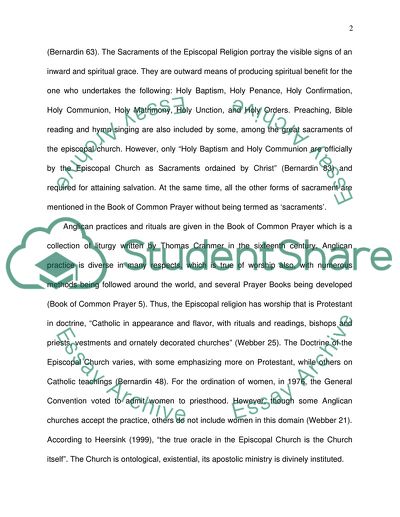Cite this document
(Features and Characteristics of Episcopal Religionn Research Paper, n.d.)
Features and Characteristics of Episcopal Religionn Research Paper. Retrieved from https://studentshare.org/religion-and-theology/1732655-episcopal-religion
Features and Characteristics of Episcopal Religionn Research Paper. Retrieved from https://studentshare.org/religion-and-theology/1732655-episcopal-religion
(Features and Characteristics of Episcopal Religionn Research Paper)
Features and Characteristics of Episcopal Religionn Research Paper. https://studentshare.org/religion-and-theology/1732655-episcopal-religion.
Features and Characteristics of Episcopal Religionn Research Paper. https://studentshare.org/religion-and-theology/1732655-episcopal-religion.
“Features and Characteristics of Episcopal Religionn Research Paper”, n.d. https://studentshare.org/religion-and-theology/1732655-episcopal-religion.


